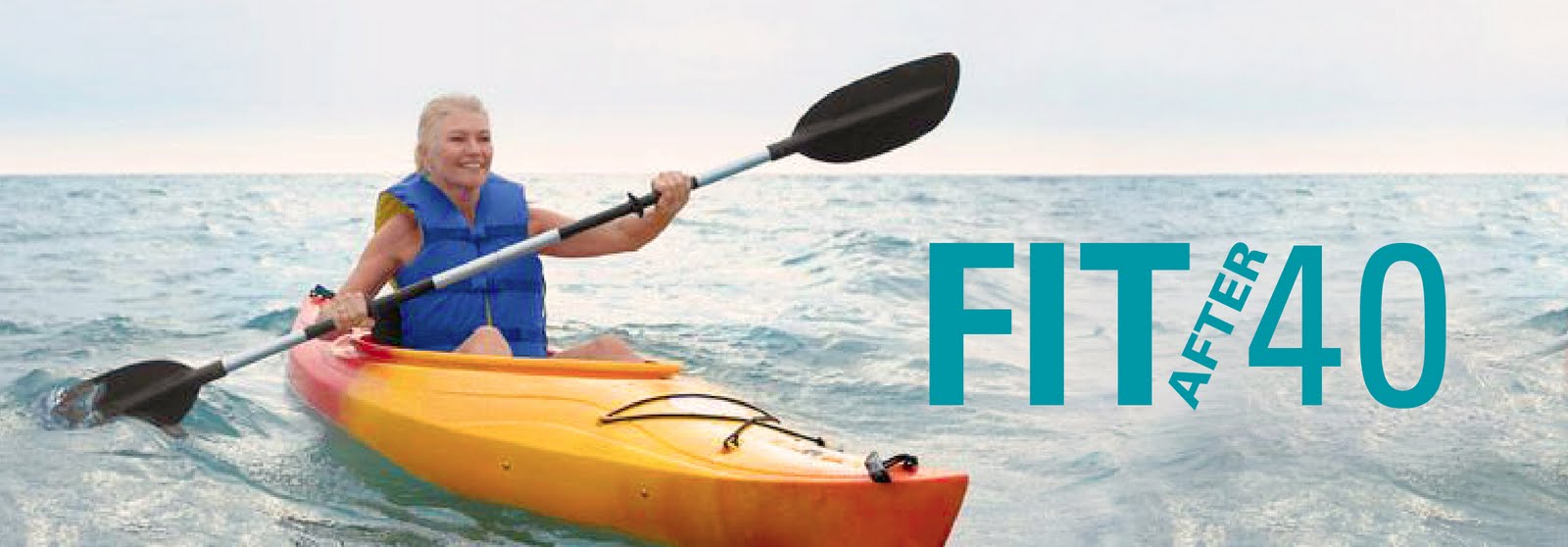It's official: add a constant dose of balance and flexibility training to your workouts. Limiting yourself just to aerobic and strength training is not enough. That's the word from the American College of Sports Medicine, which today released a new position paper with guidelines for adult exercise. It's a significant change from its last statement on the issue, released in 1998.
And for those who thought that a daily jog, walk, or swim was enough to stay in shape -- not so, says ACSM. They say it's clear that you've got to do strength training -- call it resistance training if you prefer. The older you get, the more important strength training is because, done right, it can help offset the natural decline in strength that starts in your 20's and 30's as well as perhaps reduce your chance of arthritis and prevent, slow or even reverse osteoporosis -- a risk for men as well as women.
Another tidbit: there's growing evidence that it makes a difference whether you train at a moderate level of exertion or a vigorous one. That extra huffin' and puffin' and sweat apparently makes a real difference in the results you get.
Apparently there is a separate ACSM position statement for people engaged in "more advanced" training regimens and I'm trying to find that one. Stay tuned.
Wednesday, June 29, 2011
Wednesday, June 15, 2011
Today's Tennis Tougher on the Body
Veteran tennis players may want to think twice before they change their classic strokes and adopt the open-stance forehand made popular by, for instance, the Rafael Nadals of the world. Advances in technology have made it easier to hit the ball harder and with more spin, but they haven't changed the body that has to propel that force. Orthopedic surgeon George Branche, medical director of Washington, DC's top tier Legg Mason Tennis tournament and himself a former elite player, says that the open stance forehand puts tremendous stress on hips. To get an idea of the difference in the impact of Nadal's game on his body compared to the impact of Roger Federer's game on his body, see this article from USA Today.
Subscribe to:
Posts (Atom)
